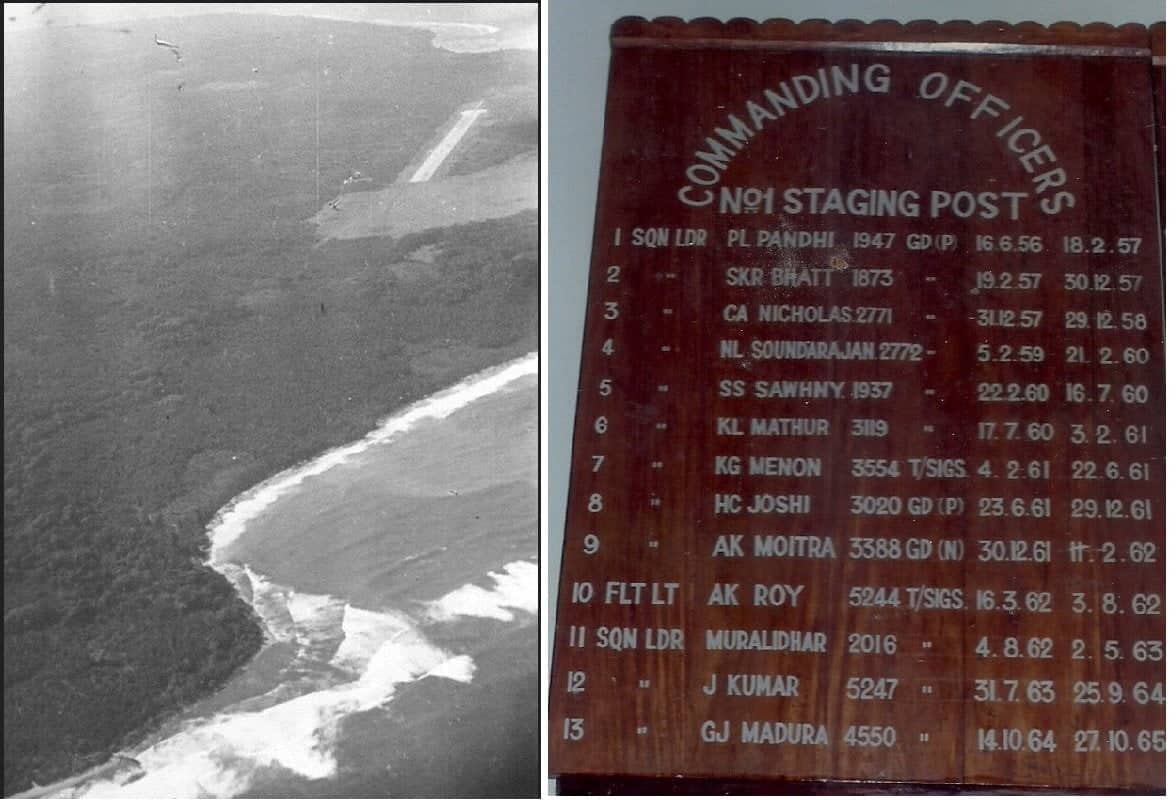Sunday Trivia: The 4 Squadron of the Indian Air Force (IAF) inadvertently adopted the nickname “Oorials,” which eventually became its official mascot and continues to be so today. This intriguing tale takes us back to March 1943 when Squadron Leader MK Janjua was leading the squadron, stationed at Kohat.

In February 1943, Squadron Leader MK Janjua acquired a 3-week-old wild mountain sheep known as the Oorial for the squadron. These majestic creatures were native to the salt and Kala Chitta Mountain ranges, nestled between the forested areas in the north, the Jhelum River in the east and south, and the Indus River in the west.

A renowned saying goes, “An old ram (Oorial) will guide the hunter to the most breathtaking terrain he has ever beheld. It will challenge and enthral him, casting the spell of ‘buck fever,’ leaving a lasting impression. Those who catch ‘sheep fever’ will find no satisfaction in hunting anything else.” Indeed, it appears that the 4th Squadron was about to catch the “sheep fever” with their encounter with the Oorial, just as the famous saying suggests.

In March 1943, Janjua submitted the Oorial as the squadron’s official mascot for approval. Unlike other squadrons, the 4 Squadron had a “live mascot” in their midst. Kohat, at that time, was a bustling hub of various Indian Air Force squadrons, and as a result, the 4th Squadron swiftly gained recognition as the “Oorials.” Remarkably, few expected this animal to endure and become an integral part of their squadron identity.

The squadron embarked on a significant journey, spanning multiple locations from Kohat to Risalpur, Phaphamu, Bhopal, Sulur, Yelahanka, Ranchi, Feni, Cox Bazaar, and Chittagong by March 1945. Astonishingly, the Oorial, now nearing its second birthday, accompanied the unit throughout these transitions, far from its natural habitat, and not only survived but thrived.
The Oorial became a beloved companion of the squadron’s personnel and visitors, entertaining them with its playful antics and its peculiar liking for consuming cigarettes.
In March 1945, during the squadron’s relocation from Akyub to Kyaukpau, the Oorial faced a setback when denied passage by sea. However, reflecting the love of the squadron’s personnel, they managed to transport the Oorial by aircraft just a few weeks later. Sadly, the Oorial met a tragic fate due to malnourishment and neglect, a consequence of its brief separation from the squadron. This loss was deeply saddening, but the unit was unable to prevent it due to their active involvement in the intense operations of World War II in Burma.
On March 21, 1945, a gathering was convened to offer their final respects to the mascot’s lifeless body. During this somber occasion, the squadron’s longest serving member, F/O BN Surendra, DFC (Apr 42 – Oct 45) recounted the rich history of the Oorial’s special bond with the unit. With this heartfelt tribute, the tale of perhaps the sole “living” mascot of an Indian Air Force unit came to its poignant conclusion.
After the demise of the original Oorial, the 4 Squadron acquired another “live” Oorial. As the squadron embarked on a journey to Japan, the new Oorial accompanied them, and there exists a picture from that time. Tragically, the second Oorial passed away on the return voyage, while on the ship.

Originally published on Twitter






Leave a Reply